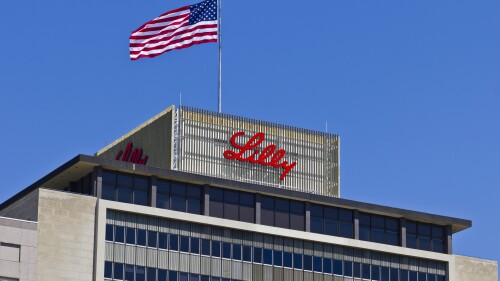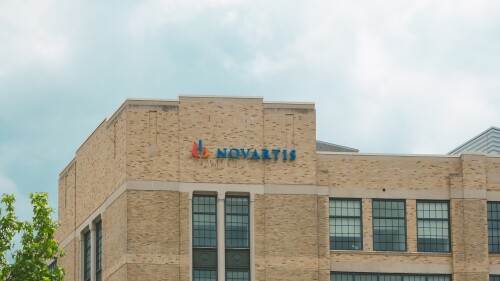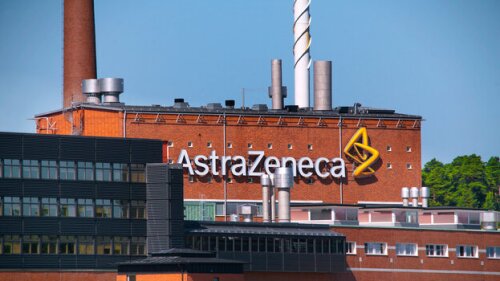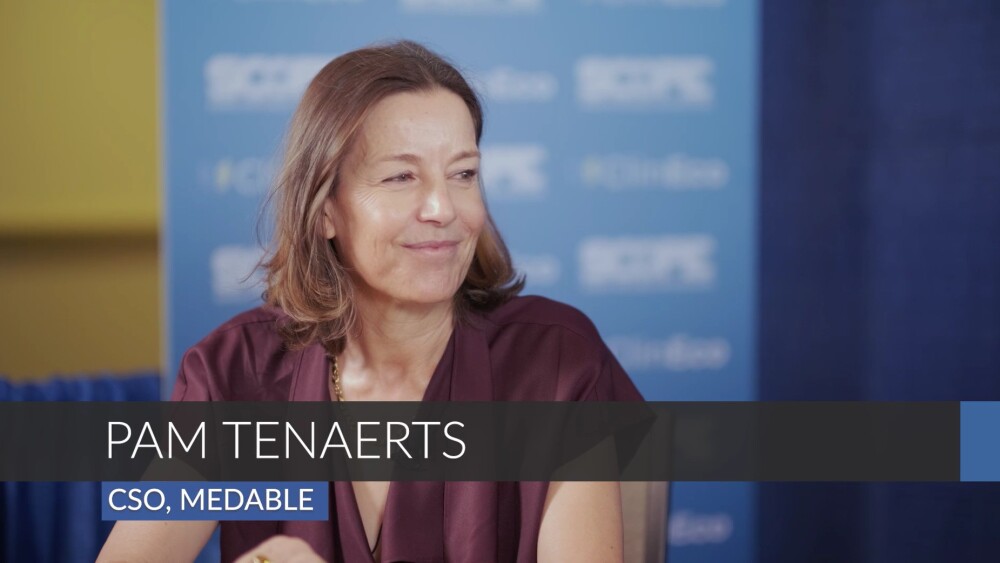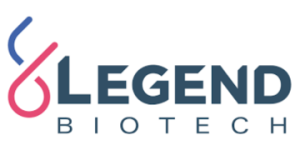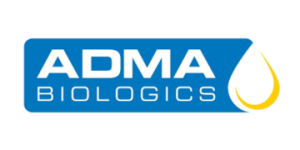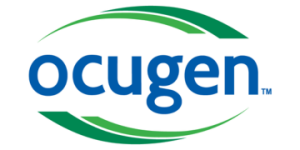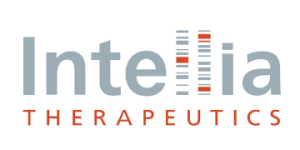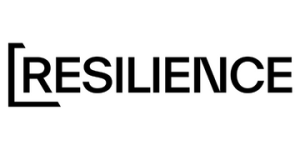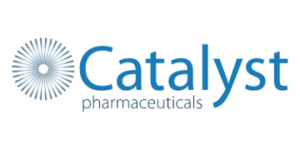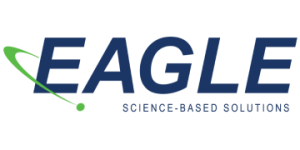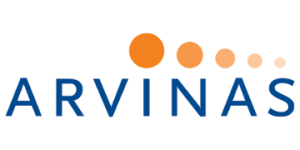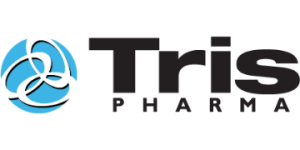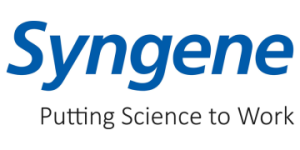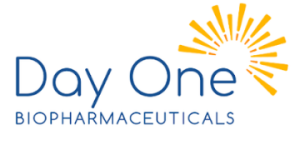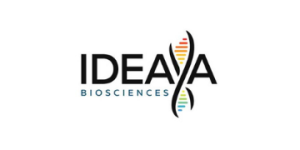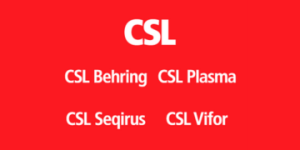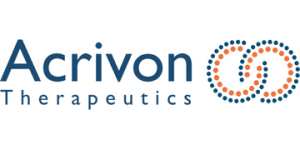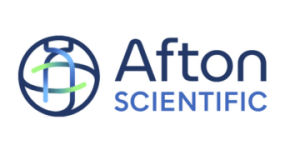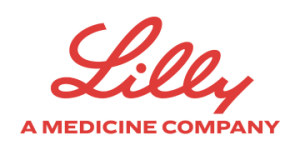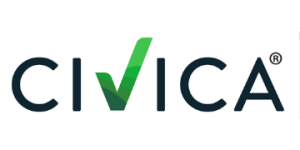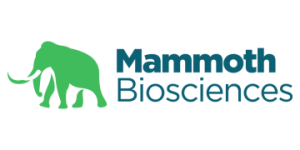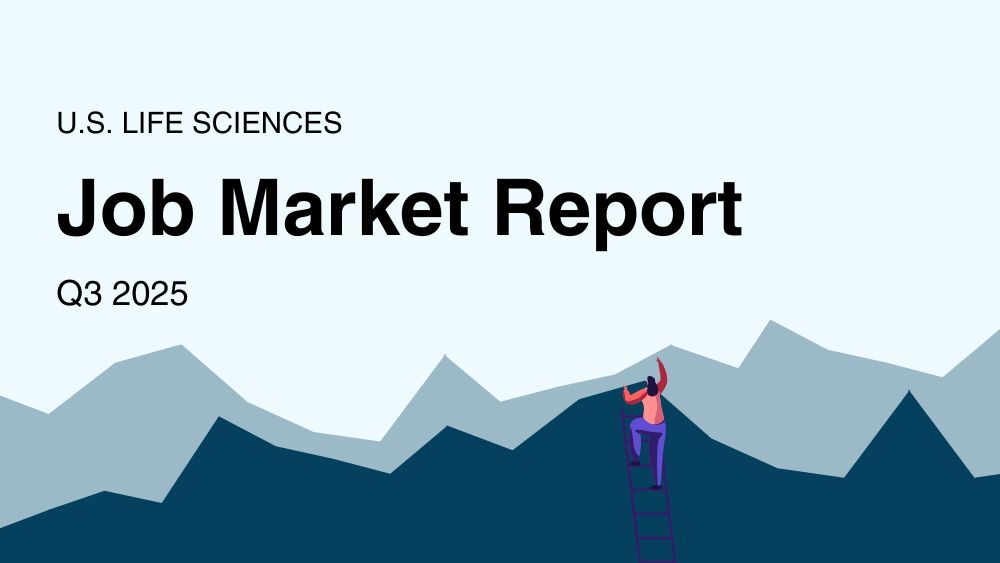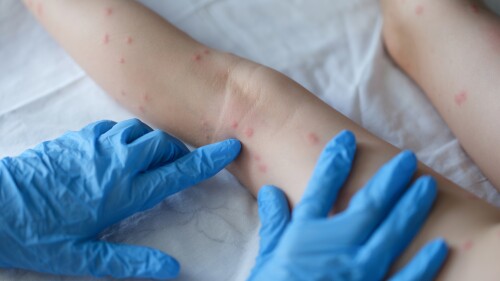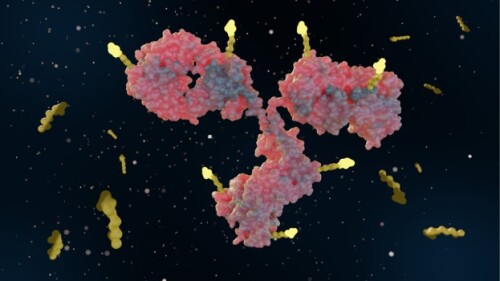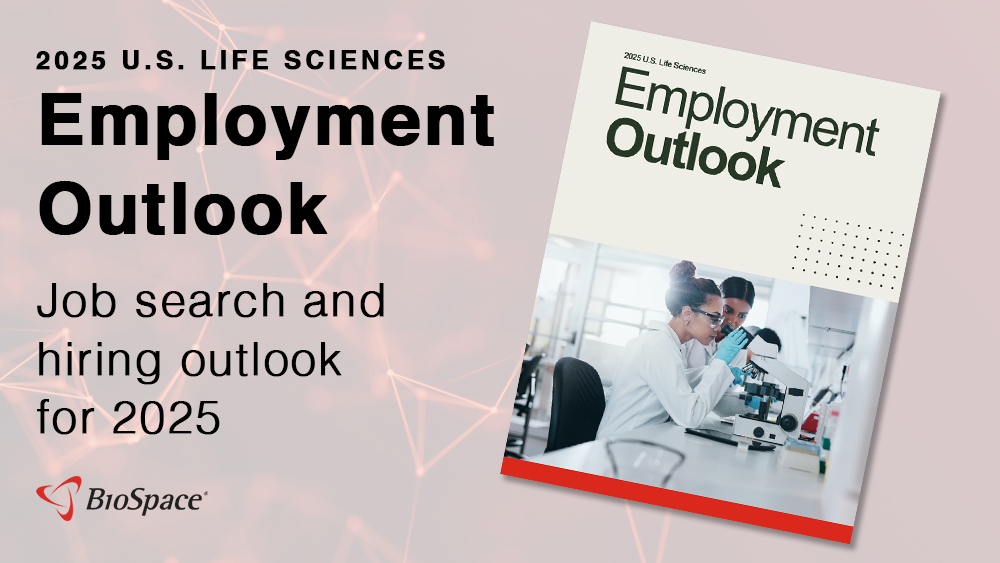Novartis and Monte Rosa first partnered in October 2024 for a molecular glue asset for immune-mediated and autoimmune diseases. This time, the pharma is putting $120 million down upfront for more of the biotech’s AI-discovered degraders.
CDER Director George Tidmarsh said on two separate events last week that he thought advisory committee meetings for specific drug applications were redundant, but then denied having said the agency would abandon them.
AstraZeneca in January also stopped its $610 million plans to construct a vaccine R&D and manufacturing site in the U.K.
The settlement agreement will extend market exclusivity for AbbVie’s JAK inhibitor in the U.S. until 2037—providing pediatric exclusivity is granted.
Ocaliva won accelerated approval for primary biliary cholangitis in 2016, which the FDA refused to upgrade to full approval last year after an advisory committee was unable to verify a favorable risk/benefit profile.
President Donald Trump is considering tariff exemptions for certain “non-patented” pharmaceuticals, though the White House has yet to release specific guidelines.
FEATURED STORIES
SpringWorks Therapeutics is the perfect case study for rescuing a discontinued assets. It’s time to repeat the process for every rare disease, experts say.
The industry remains unwavering in the commitment to increased clinical trial accessibility and representation.
Price-negotiation provisions that are out of step with reality are discouraging funders and Big Pharma partners from investing in potentially transformative therapies. Fixing some of the unintended consequences of the IRA will clear the way for innovative medicines to reach patients in need.
Non-opioid pain therapies are entering an unprecedented era, marked by the landmark FDA approval of Vertex’s Journavx and a growing number of alternative approaches. Their ultimate uptake, however, remains to be seen.
With the modality now in early clinical trials, experts say more efficiency, broader editing capabilities and delivery breakthroughs are needed to propel RNA editing to the next stage.
Morale is low at the FDA, which was hit with layoffs this week following RFK Jr.’s confirmation. Biopharma leaders and agency insiders fear further workforce cuts could delay new medicines.
LATEST PODCASTS
In this second episode of our collaboration with DIA, we discuss the challenging, collaborative process of regulating advanced therapy product development with guests James Wabby, AbbVie and Rob Schulz, Suttons Creek, Inc.
AstraZeneca targets $80 billion in revenue by 2030, layoffs at Bayer, BMS and Pfizer continue to generate attention across the biopharma industry, Takeda takes a deep dive into the molecular glue space and conference season is in full swing.
BioSpace’s Lori Ellis discusses the risks and challenges of cell and gene therapy combination products with DIA speakers James Wabby, AbbVie and Rob Schulz, Suttons Creek, Inc.
Job Trends
Moderna, Inc. announced it has been notified by the U.S. Food and Drug Administration that due to administrative constraints, the agency does not expect to complete its review of the Biologics License Application for mRNA-1345, Moderna’s investigational respiratory syncytial virus vaccine, by the previously communicated Prescription Drug User Fee Act date of May 12, 2024.
Subscribe to Genepool
Subscribe to BioSpace’s flagship publication including top headlines, special editions and life sciences’ most important breaking news
SPECIAL EDITIONS
In this deep dive, BioSpace investigates China’s rise as a biotech powerhouse.
In this deep dive, BioSpace explores the next big thing in obesity.
BioSpace did a deep dive into biopharma female executives who navigated difficult markets to lead their companies to high-value exits.
DEALS
-
Oral doses of SIGA Technologies’ antiviral drug Tpoxx will help the U.S. maintain its reserves of the vaccine in preparation for future potential outbreaks, according to the company.
-
After completing a buyout transaction with The Column Group to remove it from the stock exchange, NGM Bio has raised a $122M Series A to fund a registrational study for a rare liver disease drug and a Phase II trial in hyperemesis gravidarum.
-
Asceneuron, which develops small molecules targeting tau protein aggregation, plans to use the funds to advance its Alzheimer’s disease asset into Phase II.
-
Akebia Therapeutics on Thursday said it regained full U.S. rights to its chronic kidney disease anemia drug Vafseo, which the biotech has priced at around $15,500 per year.
-
In its second antibody-drug conjugate licensing agreement this year, Ipsen has secured exclusive rights to Foreseen Biotechnology’s FS001, which targets a novel antigen expressed across a range of solid tumors.
WEIGHT LOSS
-
Wegovy is being made available to Chinese patients five months after its approval in the country. Novo will sell the medicine for about $193.27 for a one-month supply.
-
Despite crowding in the next-gen weight loss space, Metsera has raised over $500 million since its April launch, indicating a continued appetite for these drugs.
-
Cantor Fitzgerald analyst Olivia Brayer found supplementary bone mineral density data for Amgen’s obesity candidate MariTide that could point to a potentially greater fracture risk than previously revealed, but some other analysts view the findings as a nonissue.
-
With Novo Holdings’ $16.5 billion buyout of Catalent being reviewed by regulators, what work the contract drug manufacturer may or may not be performing for Eli Lilly remains a point of contention.
-
Novo said supply of Wegovy and Ozempic is in good shape after the drugs were removed from the FDA’s shortage list last week. But Eli Lilly reported slower than expected sales in the third quarter due to wholesaler destocking.
POLICY
-
Pharma stocks went on a wild ride Wednesday amid whiplashing tariff threats from the U.S. president.
-
Experts express concern that last week’s unprecedented FDA layoffs will trigger a little-known mechanism that could result in a “disaster” the Trump administration doesn’t see coming.
-
The Fourth Circuit’s ruling follows a Supreme Court verdict that also allowed the Trump administration to move forward with its mass layoffs at federal agencies.
-
As the industry awaits official word from the administration on how the tariffs will hit, analysts go over the possibilities with one certainty: there will be increased costs for medicines.
-
Analysts suggested that the tariffs will have little effect on reshoring manufacturing and will likely decrease patient drug access and increase costs.
Leadership can be a very challenging skill, and you cannot learn it overnight. People take years learning how to perform leadership at work that can be profitable for them.
While imposter syndrome can be caused by external factors, there are several things you can start doing today to combat it at work. Here are some tips for overcoming imposter syndrome.
The informational interviews are one-on-one conversations with a professional who is doing something or working somewhere that seems interesting to you.
What is the culture like at your company? Are employees motivated to do their best work? Is your company using employee engagement strategies to improve productivity?
Discover the pros and cons before you hire an independent contractor (IC). These include freelancers, consultants, seasonal workers, and other temporary professionals.
Getting job-hunting and career advice is hard, especially when you get it from those who have worked for decades. Some advice is still helpful today, like making a good impression, but others are considered counter-productive.
HOTBEDS
REPORTS
In this Employment Outlook report, BioSpace explores current workforce sentiment, job activity trends and the prospective job and hiring outlook for 2025, particularly as it compares to the previous year.
BioSpace’s third report on diversity, equity, inclusion and belonging in life sciences examines dramatic shifts in attitude around diversity initiatives.
CANCER
-
The conversion of Calquence’s accelerated approval in mantle cell lymphoma comes a day before the drug was listed among the 15 products to be subject to IRA-prescripted price negotiations for Medicare this year.
-
The Phase III CodeBreaK 300 study returned disappointing overall survival data for Lumakras plus Vectibix in metastatic colorectal cancer, but in its approval announcement, the FDA pointed to significant improvements in progression-free survival, calling it the “major efficacy outcome” of the trial.
-
In this episode of Denatured, BioSpace’s Head of Insights Lori Ellis talks to Dr. Peter Marks, Director, CBER about his thoughts on the future of cell and gene therapies.
-
Annemarie Hanekamp has overseen some of the most transformative changes in oncology over her years in Big Pharma. Now, she will oversee BioNTech’s transition from a COVID-19 vaccine maker to an “end-to-end organizational oncology powerhouse.”
-
JPM25 is in full swing as several pharma powerhouses—including Merck, Lilly and Amgen—detail their strategies for growth in the coming year.
NEUROSCIENCE
-
Sage Therapeutics discontinued development of its lead candidate dalzanemdor after a third clinical failure, leading analysts to question the biotech’s future profitability.
-
After previously failing studies in Parkinson’s and Alzheimer’s, dalzanemdor’s latest stumble in Huntington’s disease has pushed Sage Therapeutics to pull the plug on the NMDA receptor modulator.
-
Trump fingers Robert F. Kennedy Jr. to lead the HHS, lupus and ATTR-CM dominate headlines this week, bluebird bio has a cash gap to leap and RegenxBio eyes Sarepta in Duchenne muscular dystrophy.
-
Phase II results for Cybin’s psilocin therapy showed remission rates of 71%, but just eight patients made it to the 12-month milestone.
-
With the failure of AbbVie’s emraclidine in two mid-stage trials, Bristol Myers Squibb’s Cobenfy is ‘sole muscarinic winner.’
CELL AND GENE THERAPY
-
The pediatric patients, with a rare neurodegenerative disease, were treated with bluebird bio’s Skysona to slow the progression of neurologic dysfunction. Six patients developed myelodysplastic syndrome and one patient developed acute myeloid leukemia.
-
Large pharmaceutical companies were out in force at this week’s 2024 Cell & Gene Meeting on the Mesa, as they look to expand their presence in the industry.
-
Tim Hunt, CEO of the Alliance for Regenerative Medicine, said Monday at the 2024 Cell & Gene Meeting on the Mesa that investments reached $10.9 billion in the first half of this year—outpacing 2019’s $9.8 billion total—but far below the pandemic peak.
-
The Financial Times reported Thursday that WuXi AppTec is looking to sell its cell and gene therapy manufacturing unit, with facilities in Philadelphia, while WuXi Biologics wants to offload some of its production sites in Europe.
-
Stephen Majors from the Alliance for Regenerative Medicine, which hosts the conference, spoke with BioSpace about what the more than 2,000 attendees can expect to learn next week in Phoenix about the pressing issues confronting the industry.



